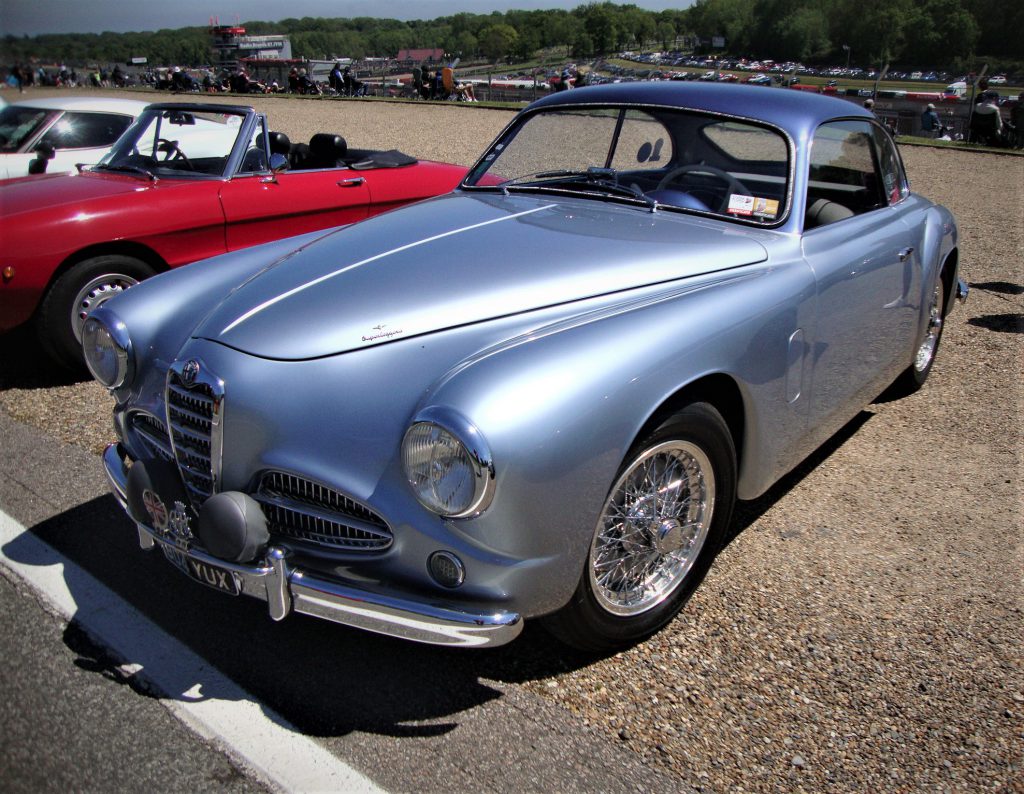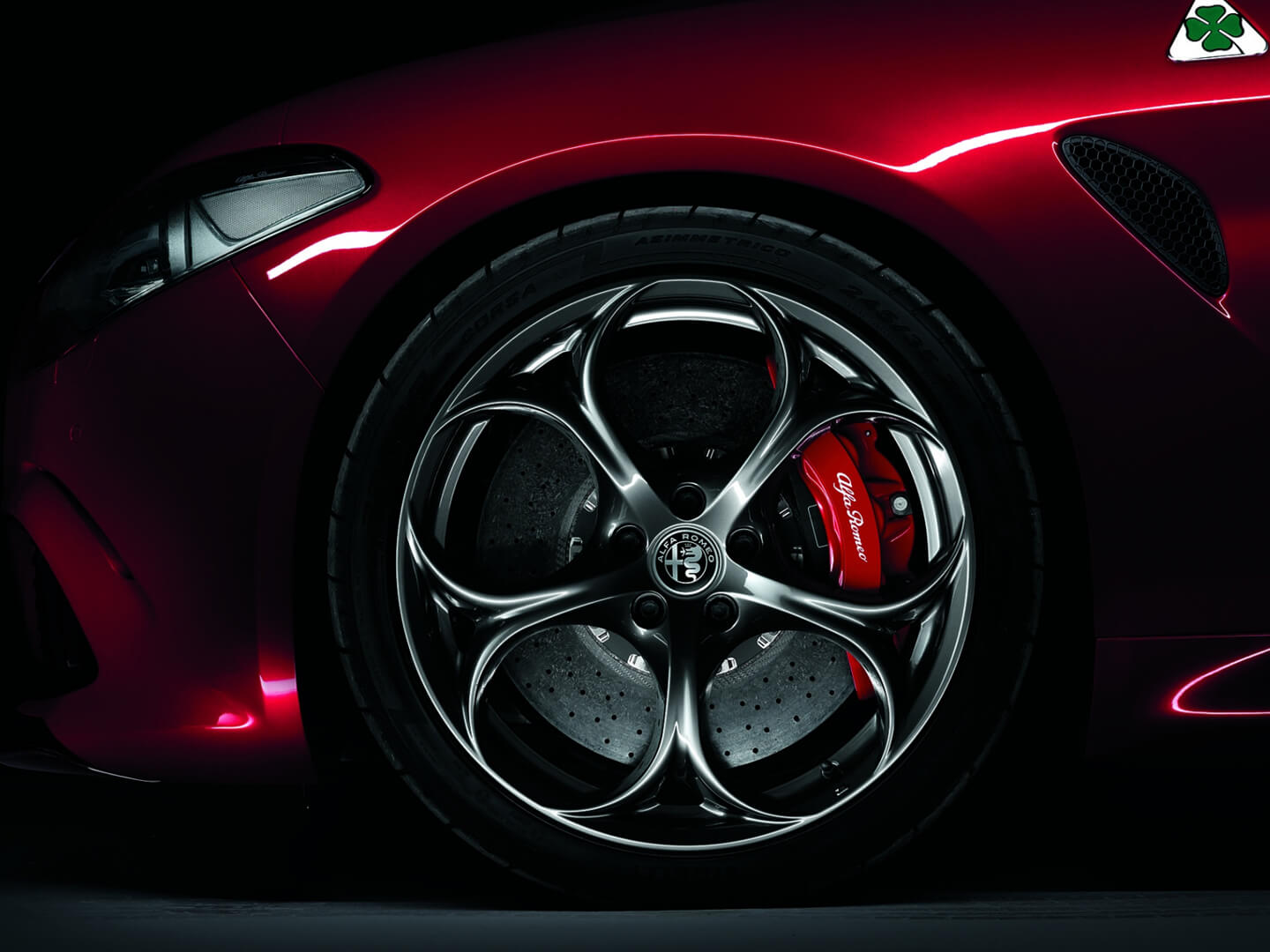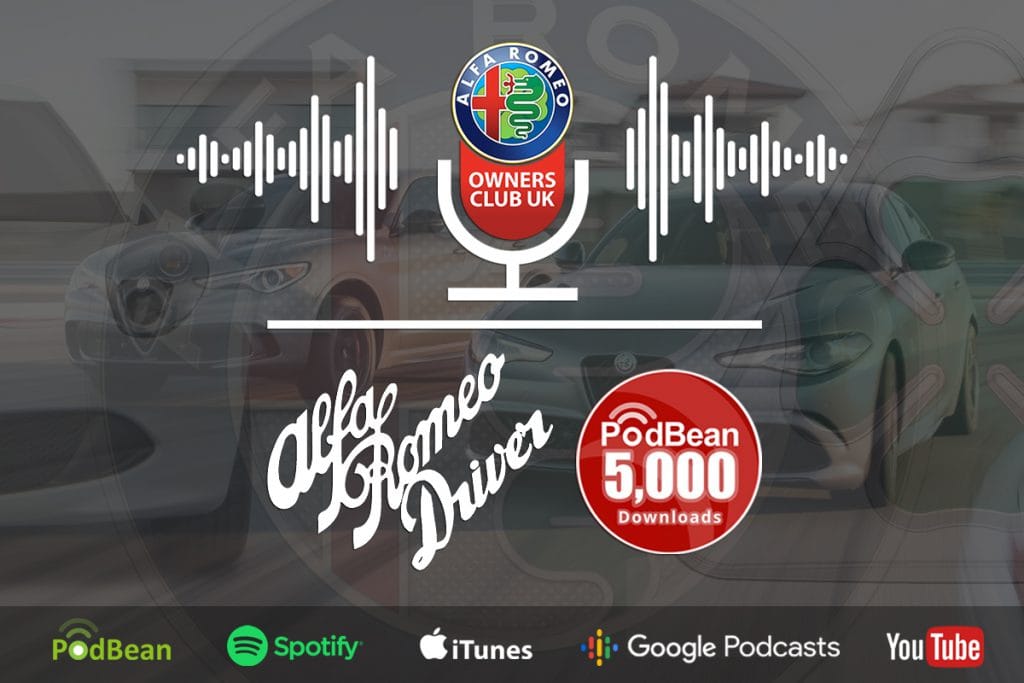Historic Masters 2021

Brands Hatch racing circuit hosted twelve of the British Grand Prix’s between 1964 and 1986 and currently hosts many British and International racing events. The venue is owned and operated by John Palmer’s MSV organisation that also owns and operates Donington Park, Oulton Park, Snetterton, Caldwell Park and Bedford Autodrome. Brands Hatch is Kent’s local racing circuit and it balances local community with local investment and involvement to support the local community of West Kingsdown. Racing these days is only allowed between 0830 and 1830 due to a housing estate that was built near Clearways Bend. To my mind, illogical in the same way as buying a house next to an airport and then complaining about the noise, but in short landing squarely in the present and taxying over to the current activity on May Bank Holiday we are usually (pandemics aside) attending The Historic Masters, which includes former F1 car racing, historic, single seater racing and all manner of other interesting stuff. The circuit is as popular now as it ever was, even during present reduced numbers due to COVID, as you can see from the view up to Druids Corner from Pilgrim’s Rise. Seating is still not being allowed in the stands.

Brabham Straight looking up to Druids Corner.

My personal favourites at this event are the former F1 racing including the famous Tyrell six wheeler, the historic Alfas completing against other Marques and loads of other exciting racing. The Alfa Romeo Giulietta Sprint and one of the historics in the below picture I estimate, not being an expert, to be dated pre-1955. The Alfa Romeo Giulietta Sprint was manufactured at Grugliasco and designed by Franco Scaglioni. The bodywork was hand crafted by Bertone and sporting then a very small 1300 double overhead cam engine and having only a 2.3 metre wheel base means it has good acceleration properties and is very nimble on its toes. It was surpassed in 1955 by the Berlina version and it was given four doors instead of two. It certainly looked good nipping around the circuit. One of my other favourites was the Benetton F1 car and I distinctly remember the Benetton logos and advertising from the 1990s of, “The united colours of Benetton” with the colours to match on the car. For reasons that I cannot understand it was deemed controversial due to the ‘in your face’ nature of the photography – such as the priest kissing the nun (which was incidentally banned in Italy but won prizes abroad) and the clever F1 car colours of black, white and green definitely represent those same contrasting colours in a very subtle way to match each other. Advertising can be very clever!




With over 50 Alfas from AROC membership attending, I always get drawn for a bit of a wander and there are always the personal favourites to linger over. I am a bit biased as I have a soft spot for the MiTo and the one thing about this car is that it is not “fettered” by a classic purist attitude. Owners quite literally modify these vehicles to reflect their own ideas of Italian style and they are all as individual as their owners. Phillip Coussey has owned two and the current is a QV version. It always pays to ask to see the engine bay as you are very often taken by surprise and I wasn’t disappointed.

Phil has just fitted an induction kit on the air intake and my suspicions were confirmed by the high quality of the welding which was custom made by Davie Peddie of DPMD Ltd, who was responsible for the creation of AROC board member David Faithful’s Scuderia MiTo that we all enjoyed watching racing at brands Hatch during the 2019 season. Phil’s induction kit was the same as that fitted to the Scuderia MiTo and the Alfa Sabelts seats finishing off Phil’s personal taste in Italian style a treat. A good idea of this vehicle’s performance can be seen in the link that was also filmed at Brands Hatch, 2019 Festival Italia Scuderia MiTo Highlights – YouTube
It was obviously a long day as Phil was spotted out cold by Ken McKay a bit latter in the day.







I usually have a good wander and was introduced to one of newer members Amy Vernon who has just returned from living in South Africa and joined AROC very recently importing her diesel Giulietta with her. She is no stranger to motor racing and was, in a different life, a sponsored racing driver to quite a high level in South Africa. It’s good to have her with us and I am sure we will see and hear a lot more about her as time goes on. Welcome Amy!

Then further up the line I got chatting to Max Haycocks, who I had never met before in person, with his Giulia Super which was slightly unusual as it was fitted with a roll cage. I didn’t get to look under the bonnet but I suspect and would not be surprised if there will be something under there that is sprouting trumpets!
Dell Sharpe, who I had not seen for two years since the Crystal Palace Sprint meet in May 2019 Crystal Palace Sprint Meet Report 2019 – Alfa Romeo Owners’ Club Kent and East Sussex Section (arockes.org.uk), attended then as well as now at Brand’s Hatch in his 916 twin Spark Spider. Neither he nor the Spider had changed one bit and it was great to meet up again and grab a quick chat.


At every show that one attends, there is always at least one amazing vehicle that stands out and there are as many favourites as there are people. But for me (and most other people judging by the crowds around it) it was the 1900 Sprint owned and presented by Keith Roberts who I met and chatted to for the first time. I’d heard the name and about the car but had never met either before in the flesh until now.
The 1900 was Alfa Romeo’s first all-new offering of the post-war period and arrived in 1950. Designed by Dr Orazio Satta Puliga and intended for volume production. The 1900 was the first Alfa to employ unitary construction and, in keeping with the company’s sporting heritage, was powered by a twin-overhead-camshaft engine. The four-cylinder unit displaced 1,884cc and produced 90bhp, an output sufficient to propel the four-door saloon to 93mph.


Although the base model was ostensibly a humble family car, the 1900 was endowed with sporting credentials which extended beyond its power unit with owners enjoying the benefits of wishbone and coil spring independent front suspension and an exceptionally well located live rear axle. It should have surprised nobody therefore, when the 1900’s potential was realised in the form of two high performance derivatives such as the one owned by Keith.
Launched in 1951, the 1900 Sprint featured bodywork by Pininfarina (cabriolet) and Touring (coupé) with both models utilising the 100bhp engine of the 1900TI sports saloon. An immensely influential design, Touring’s Sprint offered family sized accommodation in a two-door sports coupé format with a lightweight aluminium body hung on a tubular steel space frame using Touring’s proprietary Superleggera construction technology.
This is an early 1st-Series 1900 Sprint Berlinetta, this car was raced by its first owner, Giovanni Zalukar, in the VII Coppa d’Oro delle Dolomiti in Italy. Zalukar finished the gruelling 303.8-kilometre race, which spanned some 4,129 metres of altitude and more than 156 kilometres of uphill racing, in a highly respectable 3 hours, 50 minutes and 47 seconds, finishing behind none other than Elio Zagato. Having climbed in the Dolomites myself I know how tough this terrain is, so it is a testament to the, then, advanced construction techniques.

This 1900 chassis number ‘01035’ has some rare features including an original Abarth kit with two Weber carburettors, an external fuel filler cap, a large-capacity fuel tank and – probably unique to this car – two lateral air vents and a curtain in front of the radiator, which is operated from inside the car and can be lowered or raised depending on the temperature.
It may surprise you to know that the whole body of this car is made of aluminium using the Superleggera method of construction invented by Carrozzeria Touring of Milan. This basically uses an aluminium body over a steel frame, which to the initiated can be a bit of a nightmare corrosion-wise unless the steel is insulated from the aluminium body as the chemical properties of both metals really do not get along very well at all.

Superleggera (Italian for Superlight) is a custom tube and alloy panel coachwork construction technology developed by Felice Bianchi Anderloni of the Milan based coachbuilder Carrozzeria Touring. Patented in 1936, the Superleggera system consists of a space frame of small-diameter steel tubes that are covered by thin aluminium alloy body panels that strengthen the framework. Aside from it’s very light weight, the Superleggera construction system allows great design and manufacturing flexibility, enabling coachbuilders to quickly construct innovative body shapes. The Superleggera tubes were brazed to shape on a jig and the panels were then fitted over this. The panels are only attached at their edges, mostly by folding the panel edges over angle-section strips on the steel framework. Most of the panel has no rigid or metal-to-metal contact with the frame work; it merely rests on it, with the tubes wrapped in hessian to prevent steel to aluminium corrosion. The pursuit of light weight was aided by using Plexiglass for the rear window and rear side windows.

The system was first used in the 1937 Alfa Romeo 6C 2300 B Mille Miglia the body of which weighed just 126kg and which had a maximum speed of 170 km/h. Touring Superleggera variants of the 6C 2500 and 1900 models were produced in larger but still very limited numbers both pre- and post- war and the technology was also used on special versions of the Fiat 1500 and Lancia Aprilia.

It was good to get out properly again but in contrast to the stunning Alfas displayed the weather was strange. I got sunburnt as well as, at the same time shivering with cold – it has been a very strange year! See you all at National Alfa Day. Finally a bit of a quiz for you all – if you can name where the part in the below picture fits and what car it is from?






